Internal reasons for the flowering of Cymbidium
Plants can blossom only after they grow and mature. Generally, it is possible for hupilan to bloom after growing for more than 5 years. Therefore, if you want hupilan to blossom, you must raise it for a certain time first
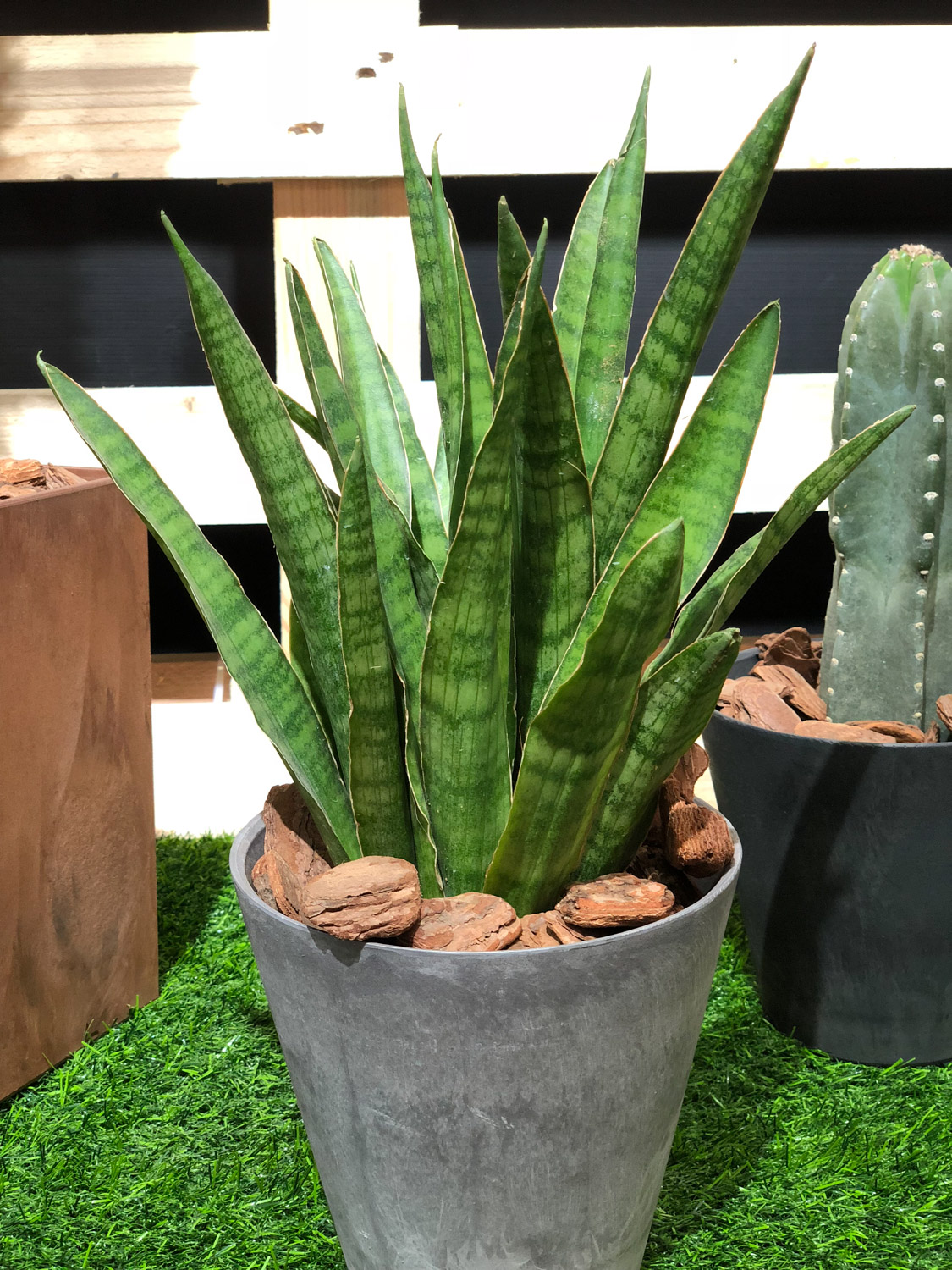
External reasons for the flowering of hupilan
Select good soil
Hupilan has no strict requirements on water, so the water permeability of the soil must be good, usually sandy soil

Proper lighting
Although hupilan is shade tolerant, sufficient light can make it grow more healthily. Try to put hupilan in a sunny place, such as windowsill, balcony and living room. However, due to strong sunshine in summer, it also needs appropriate shade
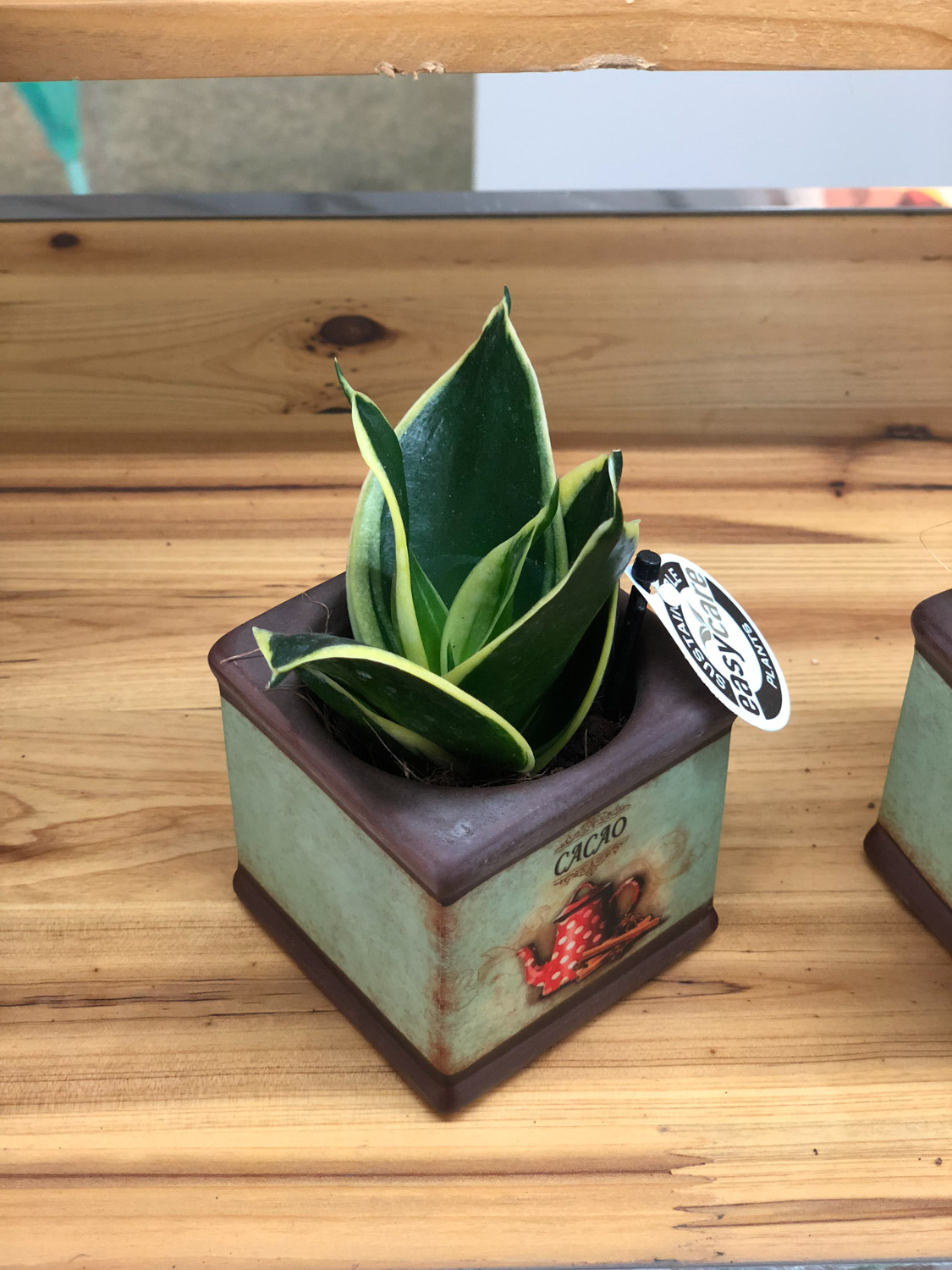
Proper watering amount
Watering principle: better dry than wet, and avoid ponding in the basin soil
Watering options: rainwater, river water and well water are preferred, and tap water should be exposed to the sun for two days before use
Watering precautions: be careful not to sprinkle on the leaf center of hupilan, which is easy to cause decay
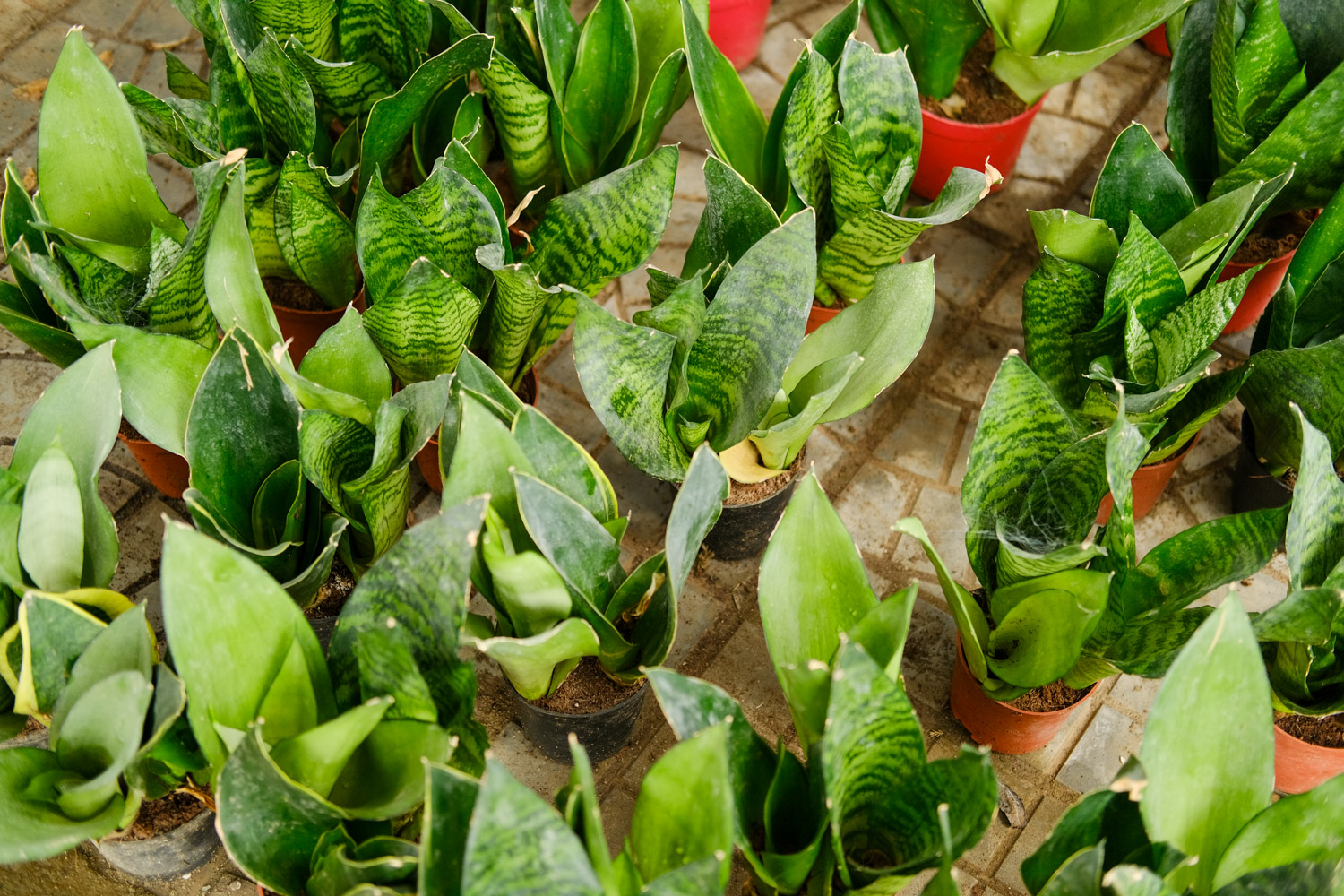
Comfortable temperature
The suitable temperature for the growth of hupilan is 18-27 degrees. It is the best to maintain this temperature. Of course, this is also satisfied as much as possible. In addition, the temperature should not be lower than 10 degrees in winter and 30 degrees in summer
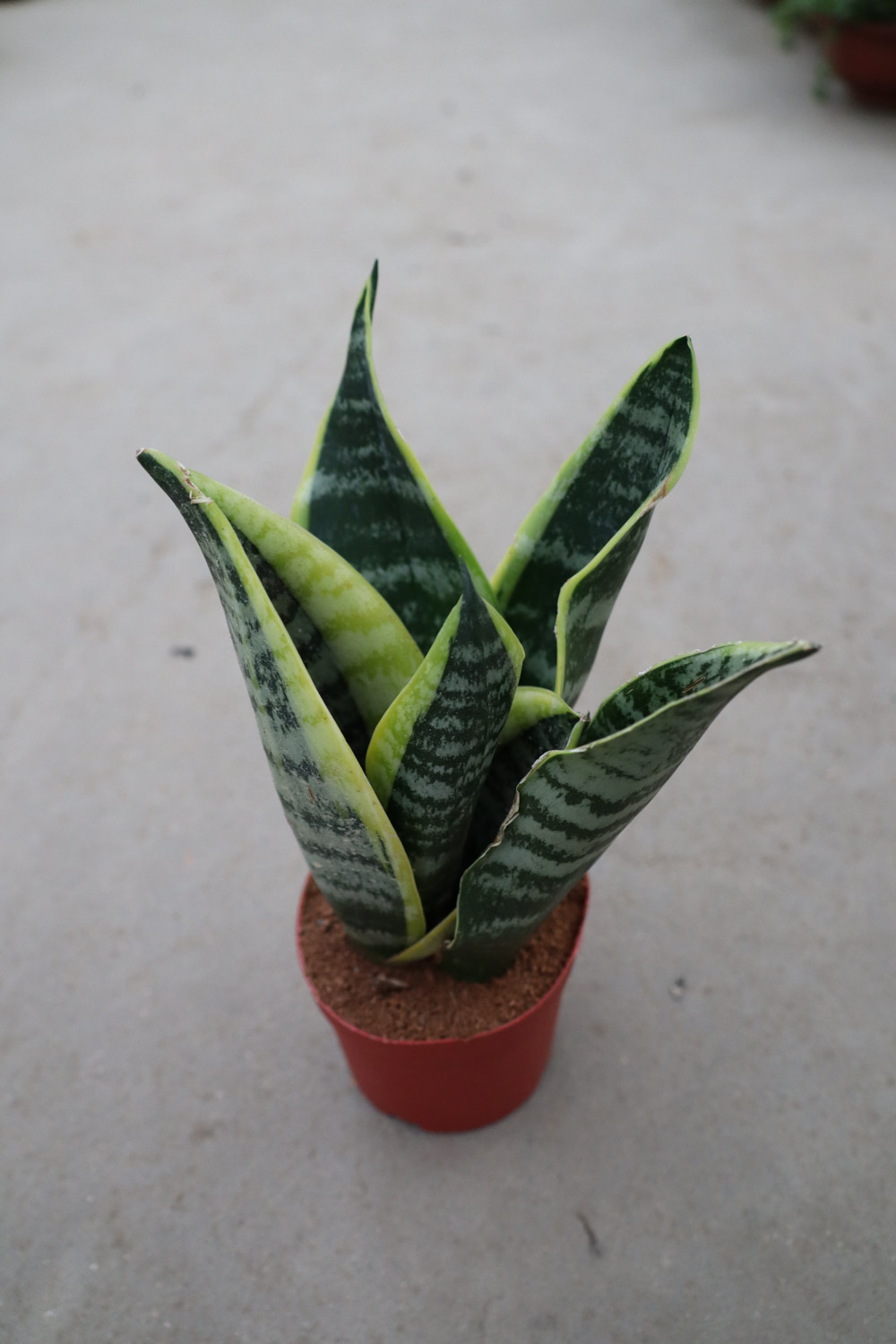
Timely fertilization
Hupilan doesn't require much fertilizer. It can be supplemented with some slow-release fertilizer in the spring and autumn growth season

Common problems of hupilan
Rotten leaf
Once the phenomenon of rotten leaves is found, cut off the rotten leaves in time, and then spray carbendazim or chlorothalonil
Rotten leaves are generally caused by too much watering and too humid air. At this time, the water should be strictly controlled and hupilan should be maintained in a cool and ventilated environment

Rotten root
If it is found that the root rot of hupilan occurs, it is necessary to pull it out, cut off the rotten part, soak it with carbendazim or potassium permanganate, dry it slightly, and then put it in the basin again
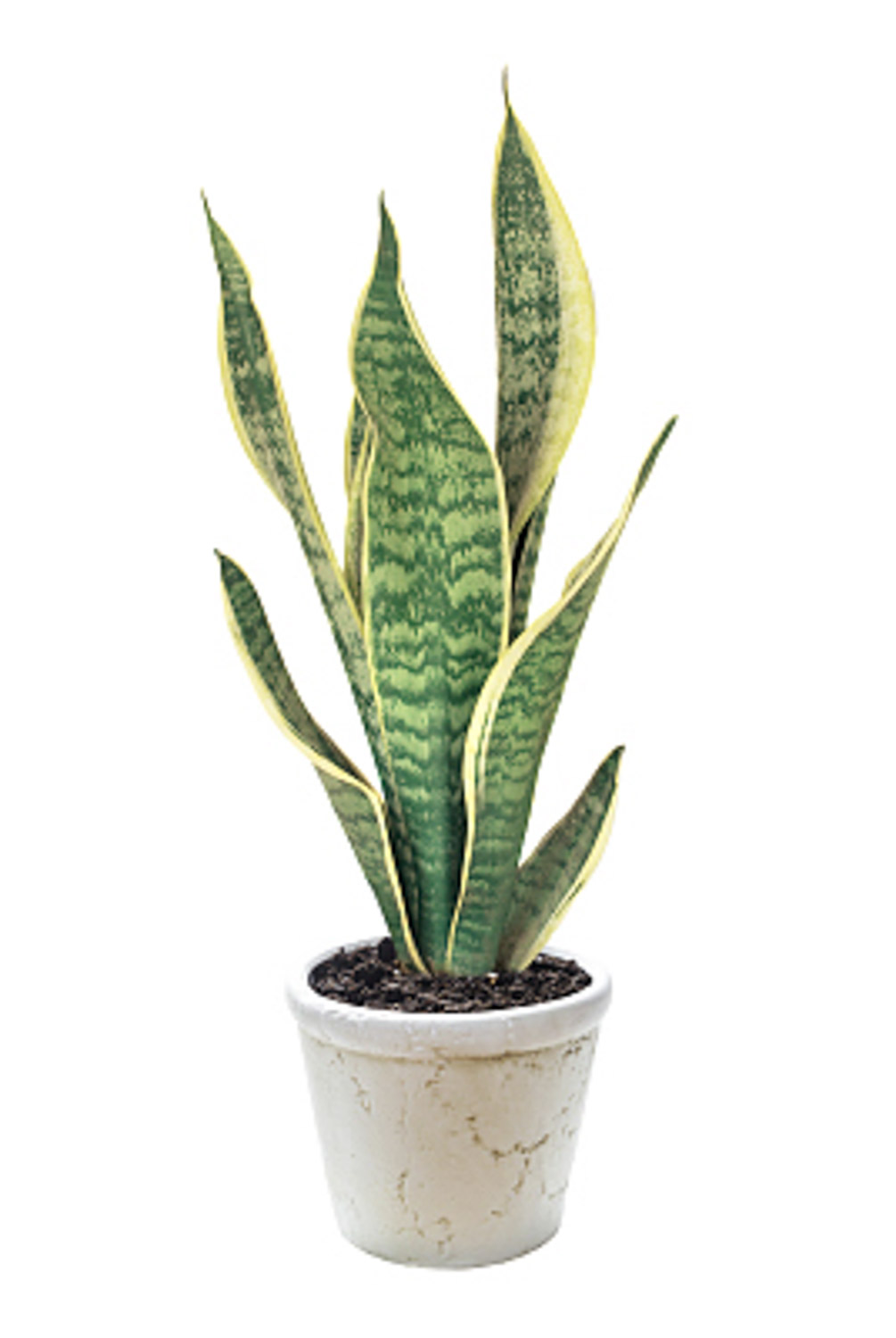
Flower friends, has your tiger orchid blossomed< span>

 how many times do yo...
how many times do yo... how many planted tre...
how many planted tre... how many pine trees ...
how many pine trees ... how many pecan trees...
how many pecan trees... how many plants comp...
how many plants comp... how many plants can ...
how many plants can ... how many plants and ...
how many plants and ... how many pepper plan...
how many pepper plan...



























